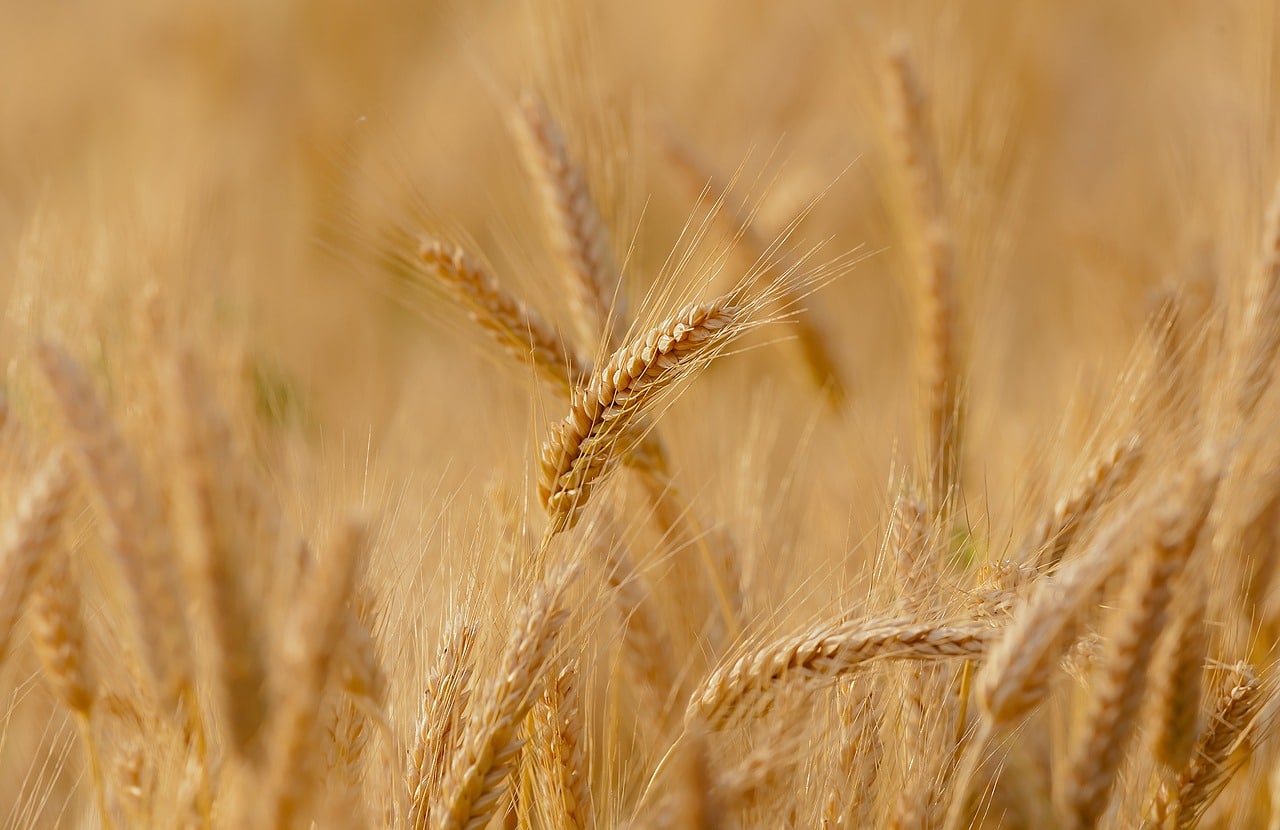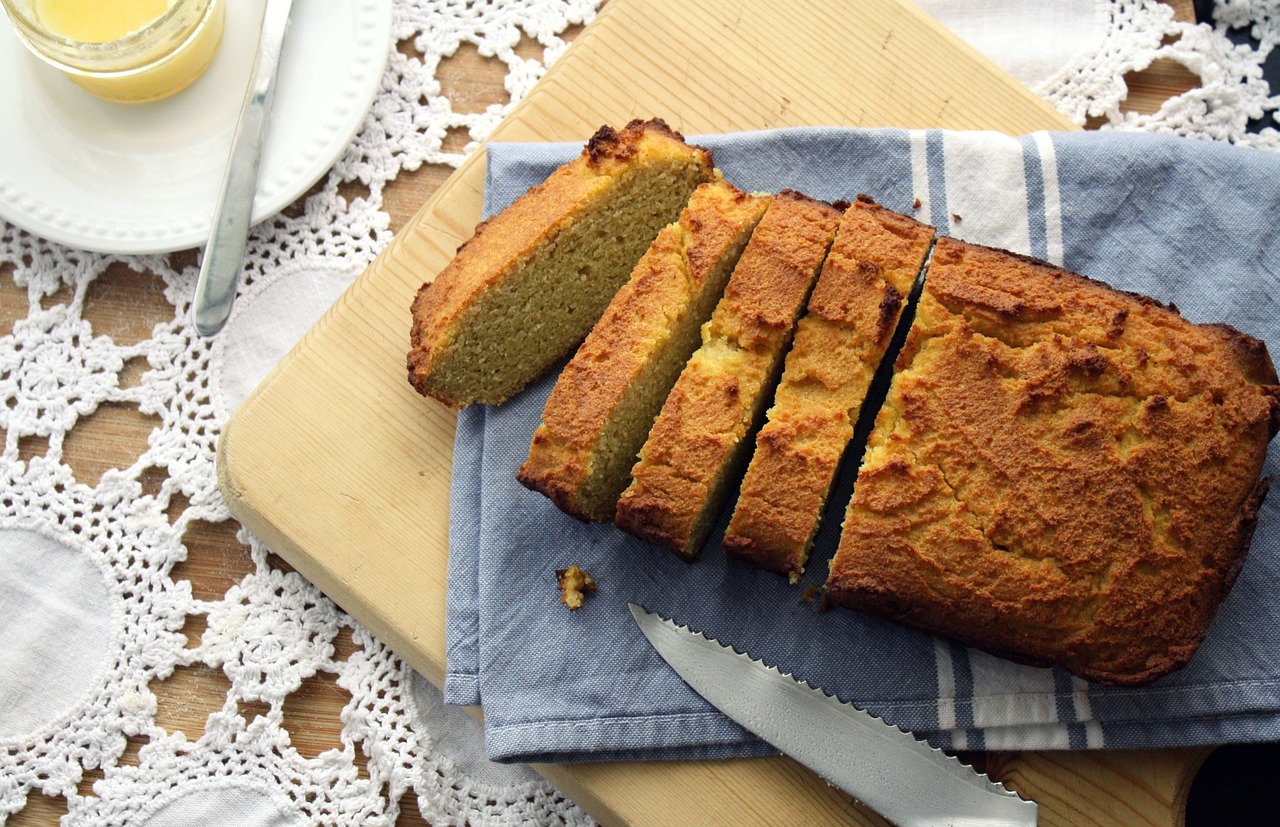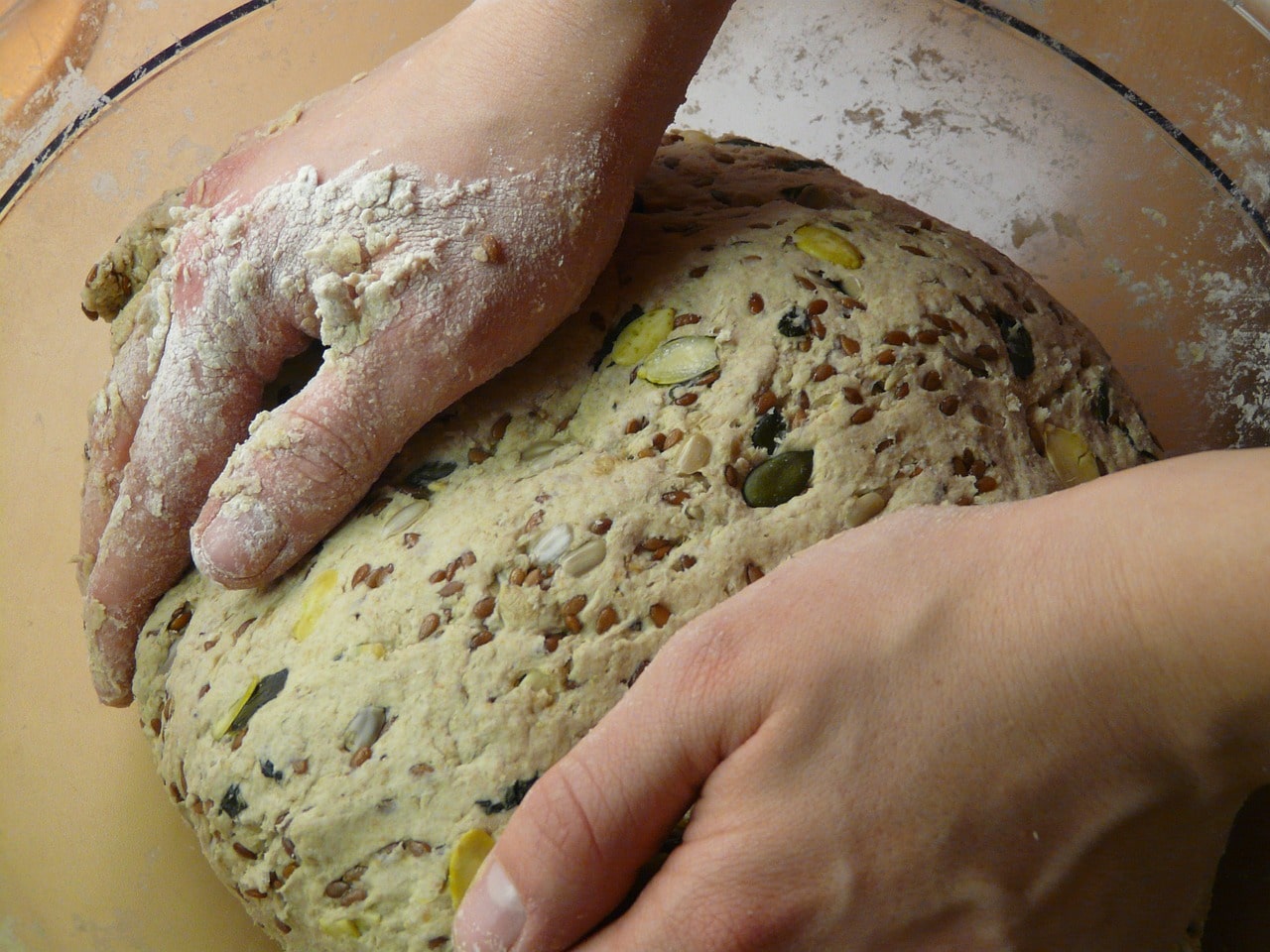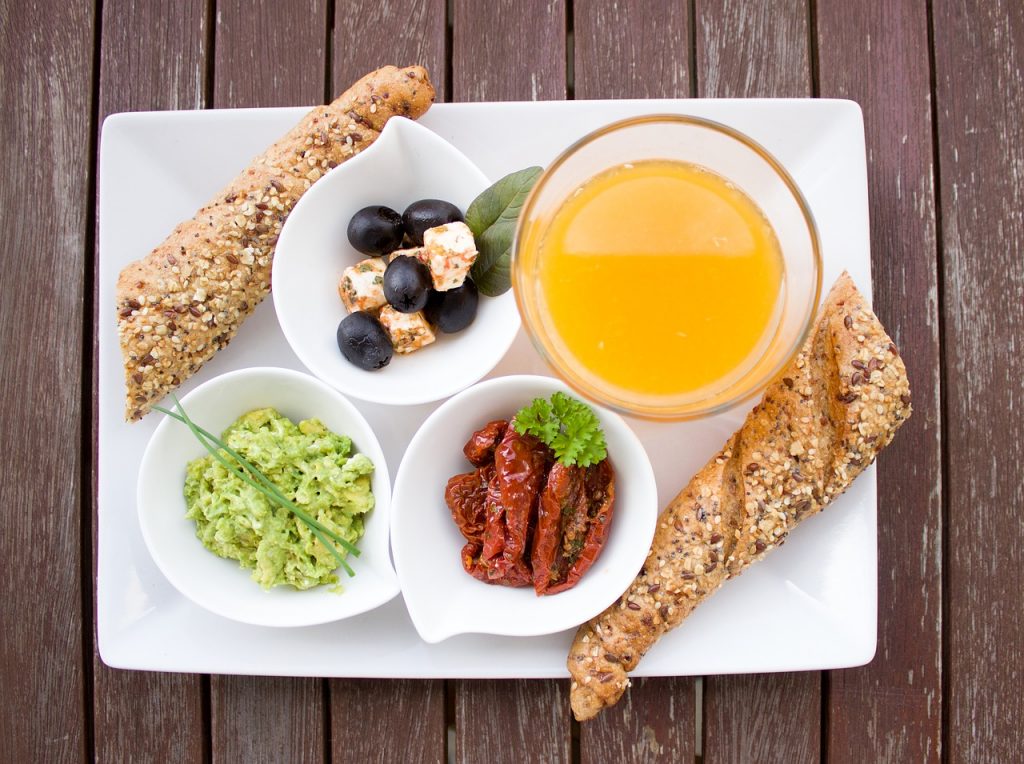[Article updated on 19/09/2023]
Make your bread gluten-free? Yes, it is within your reach. This substance present in many foods including bread, but also pasta and flour, can cause allergies. Some people are even allergic to it without knowing it.
Today, many people choose to voluntarily remove gluten from their diet. Some do it to lose weight. Others are intolerant of it. And there are those who follow by fashion.
In any case, eat without Gluten is a habit that is beneficial for health. But what is really only gluten? How to make your own bread gluten free ? Follow the leader.
What is gluten?
THE gluten is the sticky substance that gives its viscous consistency to a dough made from cereal flour such as wheat, rye, spelt, oats, barley and kamut. It is thanks to it that floury products are elastic.

Its presence is quite marked in the world of consumption. This protein makes up, for example, pasta and cereals, highly marketed commodities. Over the decades and centuries, the human body no longer tolerates gluten as well.
Because of the massive cultivation of wheat and agricultural practices which continue to change, the structure of gluten has evolved. As a result, human enzymes no longer digest correctly this protein. Today, everyone is intolerant, but to varying degrees different.
Especially since cereals undergo important and numerous transformations before arriving in our body. Wheat, barley, rye or oats are the foods mainly concerned. They are in fact enriched with gluten.
A growing number of consumers avoid gluten for reasons of intolerance or personal choice. Not Eating it also helps you lose weight.
Note that it is not strictly speaking the avoidance of eating gluten that is the cause of weight loss. In reality, it is the foods that contain it that are generally high in calories: bread, dough, floury dishes. By going gluten-free, you automatically turn to healthier products.
Food gluten free
A gluten-free diet requires you to make a certain selection of foods without this protein. Thus, dairy products, accompaniments, nuts and spreads such as peanut butter or pistachios, unprocessed meat, fresh or raw, sauces and spices, vegetables, fruits without forgetting the famous gluten-free bread will now compose your daily menus.
Bread without gluten, made from gluten-free flour
You wonder how make gluten-free bread? Be aware that wheat flour is not the the only one that exists. Other interesting flours can be used for making your bread, namely:
- Rice flour ;
- Buckwheat flour ;
- Corn flour ;
- Lupine flour;
- Grapeseed flour;
- Hemp flour;
- Chestnut flour ;
- Coconut flour;
- Organic tiger nut flour;
- Lentil flour;
- Chick pea flour ;
- Millet flour;
- Cassava/Tapioca flour.
Recipe from gluten free bread
Guide to preparation
- Preparation time: 30 min;
- Cooking time: 35 min;
- Rest time: 1 hour 30 minutes;
- Number of people: 5.
Ingredients
- 400 g special gluten-free flour blend bread ;
- 100 g of gluten-free flour (50 g of buckwheat flour and 50 g of semi-whole rice flour);
- 400 ml of lukewarm water;
- 5 g of salt;
- a packet of gluten-free baker’s yeast;
- a teaspoon of guar gum.
Preparation
To start, pour into a glass the dry baker’s yeast with a little lukewarm water. After having mixed, leave to rest for about ten minutes so that the yeast act. Then pour the bread flour mixture and the flours without gluten in a large bowl.

Mix and add the rest lukewarm water in addition to the yeast. Salt. Mix the dough thus obtained in the robot or by hand with a wooden spoon. As soon as it is homogeneous, cover your container and put it in the turned off oven which you will have preheated to 50°C. Wait an hour and a half.
Preheat the oven to 240°C. At the same time, give your bread the desired shape. Before placing it in the oven, prepare your tray, place baking paper to prevent the dough does not stick. Choose a cake or bread pan if you have one. Place now your bread in the oven at 220°C for 35 minutes of cooking.
Place a container where you pour boiling water under the bread before closing the oven.
Once cooking is finished, it All you have to do is wait for it to cool and enjoy!
For other even more interesting recipes, I suggest you discover some rather interesting common flour mixtures:
- White rice and brown rice flours without gluten: for sandwiches and hamburger buns;
- Almond and coconut flour;
- Bean flours and other ingredients without gluten.
Tips for make bread at home
In this preparation, you have probably noticed that several varieties of flour made up the recipe. It is the first tip for successful gluten-free bread: make the right flour marriages. Here are some more to help you further:
THE mold
Knowing that gluten-free dough is less elastic, if you are not experienced, place it in an oven before the cooking. Butter and flour it before placing the dough on it.
A single lift
Unlike other breads made homemade, the one without gluten only needs one rise. Once the yeast has done its job, there is no point in waiting any longer.
The report water-flour
There is a rule that bakers have never changed until today, the quantity of water must be proportional to that of flour: 250 g of flour/250 g of water.
Luke warm water
Choose to wake up the yeast in lukewarm water rather than cold or too hot. In this way, the enzymes will be more effective.
Vinegar cider
It is a technique known to few of people although it is effective. It consists of adding a spoonful to soup of cider vinegar to thicken the dough. The yeast wakes up more with this slight acidity added to the water. If you decide to adopt this optional method, remember to reduce the quantity a little of water.
Seeds
Mix your flour with a spoon tablespoon of flaxseed, plantain or guar gum. So you you will obtain a lighter gluten-free bread.
Several flours
Don’t hesitate to mix several gluten-free flours. You will discover different tastes and more statements. Of course, choosing just one flour can do the trick. This Tip is to give a variety of tastes if you make bread often.

Boost the lifting
So that the dough is good swollen by yeast, it is important to provide it with a humid atmosphere. It is the reason why some bakers proof their dough in a large plastic bag in the bathroom.
Some water hot in the oven
When preparing the recipe that I proposed to you above, you undoubtedly noticed the detail of the bowl of water below the plate. This bowl is placed there to create steam while your bread bakes. This humidity will promote the elasticity of your dough and give your crust a crispness worthy of a professional baker.
Unmolding
Do your unmolding like a pro! Keep your bread crispy and unmold it as soon as it comes out of the oven. The humidity generated by boiling water may soften the crust if it is not does not escape.
How make a special gluten-free bread flour mixture?
Mixing flour has become an increasingly popular trend in cooking. In fact, the tastes obtained are different depending on the flours used together. I found some interesting combinations for better gluten-free breads, for 500 g of flour.
The mix simpler
- 250 g of half-grain rice flour;
- 150 g of buckwheat flour;
- 100 g of potato starch or but.
Mix universal low glycemic index
- 200 g of amaranth flour;
- 200 g chickpea flour;
- 100 g of lupine flour.
Special savory recipe
- 200 g of half-grain rice flour;
- 150 g of teff or millet flour;
- 100 g chickpea flour or lentils;
- 100 g of potato starch or but.
Special mix dessert
- 150 g of lupine flour;
- 150 g of buckwheat flour;
- 100 g coconut flour (around 20% of the mix only to the maximum);
- 100 g of almond powder.
The yeast gluten free
This type of yeast is generally called “baking powder”. It is used by pastry chefs most of the time. However, there is more than one alternative to avoid the gluten in yeast. This involves replacing the latter with another ingredient which has the same effect.
THE sodium bicarbonate
Replace the yeast with sodium bicarbonate. For a cake, half a teaspoon is enough. In order to mask the smell during your tasting, add half a teaspoon an acidic ingredient: cider vinegar or lemon juice.
Whites egg whites
Use the egg whites snow to better aerate your dough and give it a puffy appearance. They will add softness to your gluten-free bread. To prevent bubbles rise to the surface, block them with a thicker mixture such as sugar.
yeast gluten free baker
This yeast will make your bread appetizing and beautiful to see. It will not fall during cooking, the phase of The rise is shortened and the taste of your flour mixture will be stronger. Your crumb will be soft and your bread will also be easier to store.

Recommendations
Note that baker’s yeast should not be in contact with salt. She would, in fact, risk not activate. Avoid high temperatures during proofing because yeasts are likely to die.
It is very important to let rest the bread dough in a damp, warm place for around sixty minutes for it to be successful.
How keep bread gluten-free?
Keeping your bread fresh is essential. The success of its tasting depends on it.
Pack your bread
If the atmosphere is humid or too dry, you risk losing all the flavor of your bread. So avoid to leave it in the open air. Keep it in a paper bag or cloth clean cotton.
Keep it unsliced
Store your bread whole so that the crust can continue to protect the crumb from drying out too much fast.
Freeze it
You can store your bread beforehand cut into a few pieces in the freezer. Then you just have to take it out one hour before consumption.
Store it with an apple
This grandmother’s method is well known. In an airtight container, leave the bread with a piece of sugar as well as an apple or a potato. The bread will stay fresh for a lot Longer.
Store it at the right temperature
You will keep your bread if you keep it in a place where the temperature is between 14°C and 18°C.
Put it in the oven
If you find that your bread is softened or even very dried out, it is one of the most effective. Moisten the crust before putting it in the oven at 150°C for a few minutes until it becomes crispy again.
What about the gluten-free diet?
It should be noted that gluten is responsible for certain intolerances:
- wheat allergy;
- celiac disease: a disease permanent gluten intolerance;
- Gluten sensitivity: pain abdominal pain, gas, bloating or irregular transit.
In the event of proven intolerance to gluten, it is best to do without it. However, you will not be obliged deprive yourself of essential foods like bread. And in addition to make your own gluten-free bread, you can turn to food substitutes in order to fill the protein value of which the body needs.
Intolerant people can consume:
- rice ;
- corn ;
- buckwheat;
- soy;
- eggs ;
- chestnut;
- polenta;
- potatoes ;
- Dairy products ;
- vegetables ;
- fish and shellfish;
- fruits ;
- seeds ;
- cassava;
- of quinoa;
- millet.
Be careful, certain products such as chips or cheese may contain gluten. This is why it is essential to systematically read labels before purchasing any product.
An advantage or a disadvantage?
When you will avoid consuming gluten, you can:
- Better digestion: you will have a flat stomach and less pain;
- Gain energy and vitality: your body will be less tired;
- Have more beautiful skin: your complexion will be more vibrant.
However, without gluten, your body risks showing signs of deficiency whose consequences can be disastrous. Normally, only the truly intolerant follow this diet. You will therefore have to pay attention to your diet much more than the others if you do without them.

Avoiding eating gluten would be therefore beneficial to your body in the only condition where your nutrition is balanced. Otherwise, you risk health problems.
It is also important to know that gluten is not the main cause of weight gain. THE gluten-free diet can make you vegetarian, which could improve your health.
The truth is, many people think that consuming gluten-free foods means weight loss. However, this is not necessarily the case. From what I’ve seen, it’s mostly about having a healthy, healthy body and avoiding a protein level that could be harmful in the long term.
Although the preparation can slow down more than one, the advantages highlighted can be a motivation for people wishing to preserve their health.
